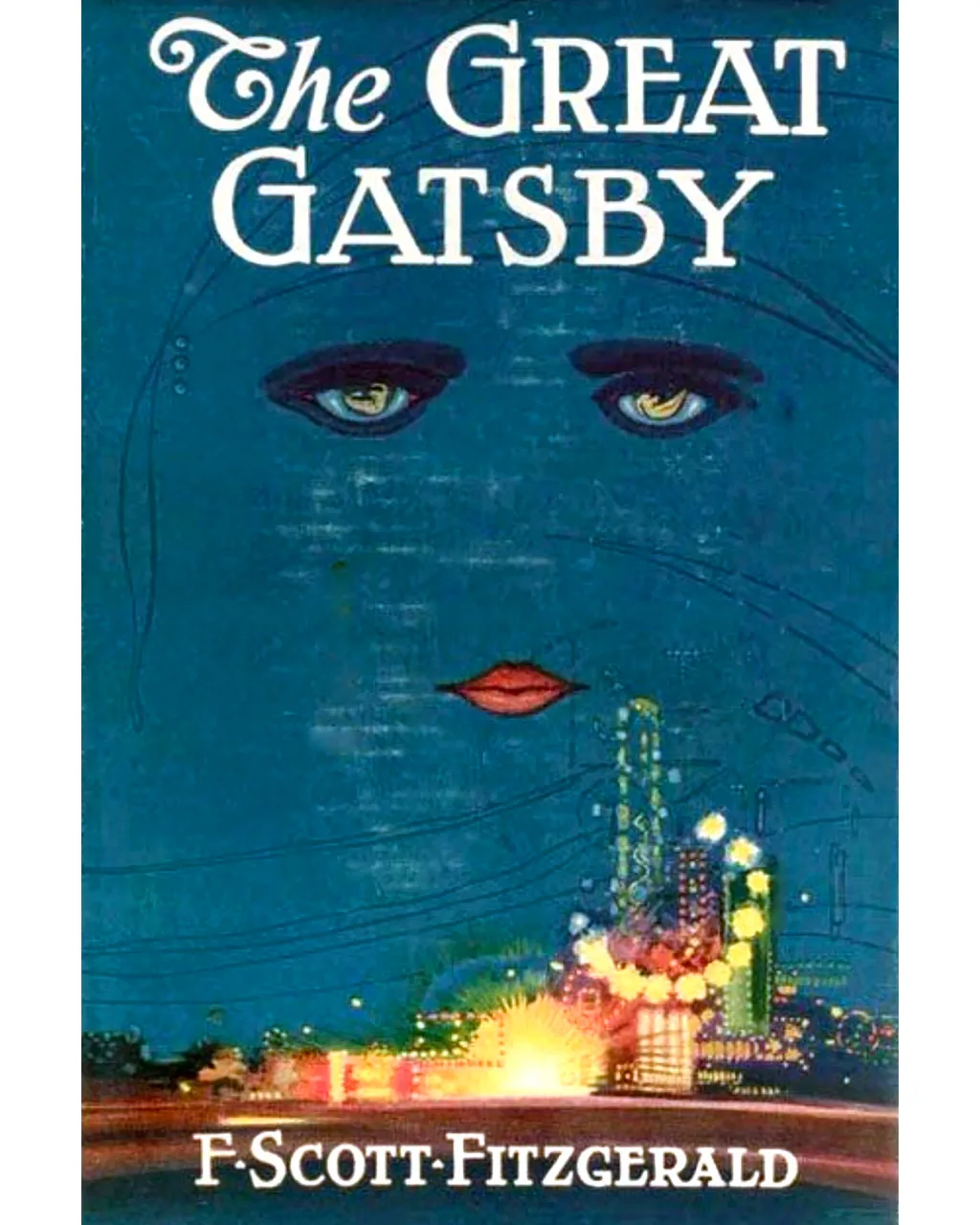From First Things:
The first, most fundamental provision proposes changing the 1964 Act
by replacing the term “sex” with “sex (including sexual orientation and
gender identity).” Groups supporting the imposition of LGBTQ+ ideology
on the law have been attempting to persuade federal courts to define sex
this way for many years. And they scored a historical victory in 2020
in Bostock v. Clayton County, in which the Supreme Court held
that Title VII of the ’64 Act includes gender identity and sexual
orientation in its definition of “sex.” Even some supporters of this
ruling, however, recognize the sophistry of Justice Gorsuch’s majority
opinion, and thus its vulnerability in future cases under the current
structure of the Court.
HR5, if passed, will resolve that vulnerability. Or will it? One of
the most vexing aspects of the ’64 Act is that, while its purpose was
principally to outlaw discrimination because of sex, “sex” is not
defined in the Act. While HR5 now defines sex as “including sexual
orientation and gender identity,” it defines neither. In mainstream
LGBTQ+ ideology, “gender identity” is “fluid.” Thus, I might identify as
male one day and female the next—or according to which restroom line is
longer at the ballpark, theater, or parish fish fry.
For HR5 expands the ’64 Act’s definition of “public accommodation” to
include any “place of or establishment that provides exhibition,
entertainment, recreation, exercise, amusement, public gathering, or
public display”; and “any establishment that provides a good, service, or program,
including a . . . food bank, service or care center, [or] shelter.”
This language means that parishes, parochial schools, and other
religiously affiliated institutions could be sued under the bill. In
fact, it is difficult to conceive of any place or program outside a
private residence that is not included in this definition.
For example, any Catholic Youth Organization sporting event is a
place of recreation and exercise. Every Christmas nativity scene is a
public display. Every pregnancy counseling center is a service or
program. Every diocesan-sponsored woman’s shelter and food bank is,
well, a shelter and foodbank. If a church, mosque, synagogue—or any
affiliated school, recreation center, or food pantry—provides any of
these programs or services, it will be compelled to allow biological
men, for example, to use the women’s restroom. Sports teams would be
compelled to allow boys to use the girls’ locker room. Shelters for
abused and battered women would be forced to admit males. And of course,
girls would be forced to compete against boys in sporting events. The
bill expressly denies any religion-based objection.
The bill’s sponsors, recognizing that it is an infringement on the
free exercise of religion, explicitly deny application of the most
important statutory security of the free exercise of religion, the
Religious Freedom Restoration Act (“RFRA”). The bill specifically
provides that RFRA “shall not provide a claim concerning, or a defense
to a claim under” HR5. This means two things.
First, if an individual or institution wants to sue a governmental
entity to prevent it from enforcing the bill, it may not use RFRA as the
authority for its lawsuit. To bring a legal action against any person,
one must have statutory or common-law authority under which one
prosecutes her claims. As it stands, RFRA provides just such authority.
It has been used widely and successfully across the country to protect
churches, schools, and other institutions from otherwise generally
applicable laws that would force them to violate their religious
practice or conscience. Under HR5, this powerful shield against
government intrusion on religious liberty would be removed.
Second, if a church, school, or any other place of “public
accommodation” is itself sued by an individual or the federal government
for violating HR5, it may not use RFRA as a defense against the
lawsuit. The very purpose of RFRA is to protect the free exercise of
religion from generally applicable laws that unduly burden religious
freedom. Without invalidating the law, RFRA is used to fight for
exemptions from it. The Equality Act will remove that defense, leaving
churches, mosques, synagogues, and virtually any other institution
without defense against its imposition of secular ideology. (Read more.)
From Newsweek:
The Equality Act is 31 pages long, and devotes thousands of
painstakingly drafted words to prohibiting "sex discrimination." In all
those pages, however, the word "female" never appears.
That's
by design. And it spells disaster—not only for females, but for all of
us who believe that our laws and language must be grounded in reality.
Human beings are created male or female. Our biological sex matters, not
only in law but also in practice.
Sex is a basic fact about who
we are. It is the whole body's organization for a particular
reproductive role; from conception, each individual's body is organized
to produce either large gametes (ova) or small gametes (sperm). It's in
our DNA. "Every cell has a sex," says the Institute of Medicine. Sexual
difference has meaning and consequences. Sex cannot be reduced to
"stereotypes," "sex characteristics" (breasts, genitals, etc.), sexual
desires ("sexual orientation") or self-perception ("gender
identity")—the terms the Equality Act uses to define "sex."
Notably, the Equality Act's definition makes no mention of what sex
actually is: the unchangeable reality that a person is either "male" or
"female" (intersex conditions are disorders of sexual development, not a
different sex). Only females go through female puberty, get pregnant,
give birth and go through menopause. That's biology, and no one can
self-define into or out of a biological reality. (Read more.)
From CNA:
The House on Thursday passed the Equality Act, a bill that the U.S.
bishops have warned would trample religious freedom protections while
codifying gender ideology in federal law. By a vote of 224 to 206, the House passed the Equality Act only six
days after it was introduced on Feb. 18. The legislation, sponsored by
Rep. David Cicilline (D-R.I.), recognizes sexual orientation and gender
identity as protected classes under civil rights law and forbids
discrimination on the basis of those classes in a number of areas.
The U.S. bishops’ conference (USCCB) has opposed the legislation,
saying it upholds gender ideology and the redefinition of marriage and
frames gender as simply a “social construct.” Furthermore, it would
“punish” religious groups opposed to these beliefs, the conference
warned. Through the bill, Congress is forcing “novel and divisive viewpoints
regarding ‘gender’ on individuals and organizations,” stated a Feb. 23
letter by five USCCB committee chairs to members of Congress. (Read more.)
From Dr. Michael Brown at The Stream:
It’s one thing to stand against the mistreatment of those who
identify as LGBTQ (or anything else). It’s another thing to turn the
world upside down, throw out common sense and logic, and trash the
religious liberties of the majority of the nation in the name of
equality.
As expressed by the Catholic bishops, “Human dignity is central to
what Catholics believe because every person is made in the image of God
and should be treated accordingly, with respect and compassion. This
commitment is reflected in the church’s charitable service to all
people, without regard to race, religion or any other characteristic.”
Consequently, “It means we need to honor every person’s right to
gainful employment free of unjust discrimination or harassment, and to
the basic goods that they need to live and thrive. It also means that
people of differing beliefs should be respected. In this, we
wholeheartedly support nondiscrimination principles to ensure that
everyone’s rights are protected.” (Read more.)
From LifeSite:
Here are five things all Catholics and Christians should know about
the drastically pro-LGBT, pro-abortion Equality Act that could become
law in a matter of days.
It would force Catholic institutions to hire transgenders, female “priests” — or face sanctions
The Equality Act
would mandate that “existing Federal statutes prohibiting sex
discrimination in employment” cover gender identity and sexual
orientation, outlawing Catholic hiring practices.
“Any church or private school which refused to hire persons who
engage in sodomy and other same-sex behaviors, or who support abortion,
even though it violates church teaching, will be held to be in violation
of the Act,” said Robert Marshall, writing for LifeSiteNews.
“Businesses run by Christians or those who believe in Natural law,
who fail the implement the LGBTQ+/abortion agenda, will be fined, just
as they would be for engaging in racial discrimination,” he continued,
adding that churches may lose tax-exempt status if they reject
Democrats’ dictates.
“[C]hurches which ordain male-only clergy would be compelled to
change their policies under the Equality Act or lose their tax-exempt
status,” he said.
A 2019 letter
signed by three high-ranking Catholic bishops, as well as leaders of
dozens of Catholic and Christian institutions, raised similar issues,
stating that the Act would “subject private employers and others to
expensive lawsuits if they fail to adhere to strict preferred pronoun
policies.”
“This would affect not only small, family-owned businesses but also
charities and other nonprofits that are organized with a specific
mission,” it continues.
The Equality Act specifically neuters religious protections provided
for in the Religious Freedom Restoration Act (RFRA) signed by Democratic
President Bill Clinton in 1993 and sponsored by both current Senate
Majority Leader Chuck Schumer and current House Speaker Nancy Pelosi.
The limitations on RFRA would be the first since the pro-faith bill
became law.
The Equality Act would force Christian doctors and hospitals to perform transgender mutilation surgeries, abortions
The act would redefine sex discrimination in federal civil rights law
to include “pregnancy, childbirth, or a related medical condition,”
codifying and expanding abortion protections, as the U.S. Conference of
Catholic Bishops’ pro-life committee has noted.
“The Equality Act would amend the Civil Rights Act to forbid
discrimination on the basis of sexual orientation and gender identity,
but it would also fulfill the abortion industry’s long-fought desire to
establish abortion as ‘health care’ officially and legally,” Kenneth
Craycraft of Mount St. Mary’s Seminary and School of Theology recently wrote in First Things.
“It requires that access to ‘treatment’ for pregnancy must not be any
different from access to any other kind of health care treatment for
any other ‘physical condition.’ But this is all code language for
implementation of a vigorous national policy of abortion on demand for
any or no reason,” he added. (Read more.)
Share

































